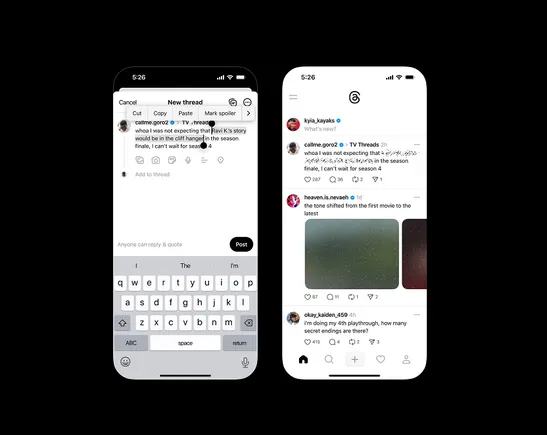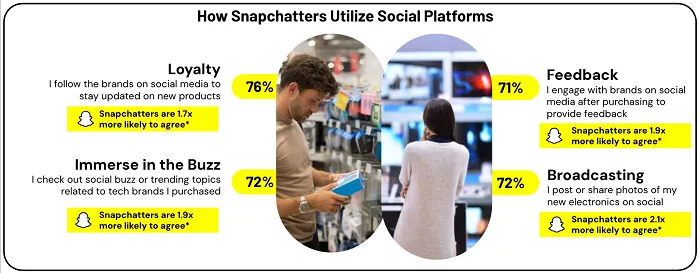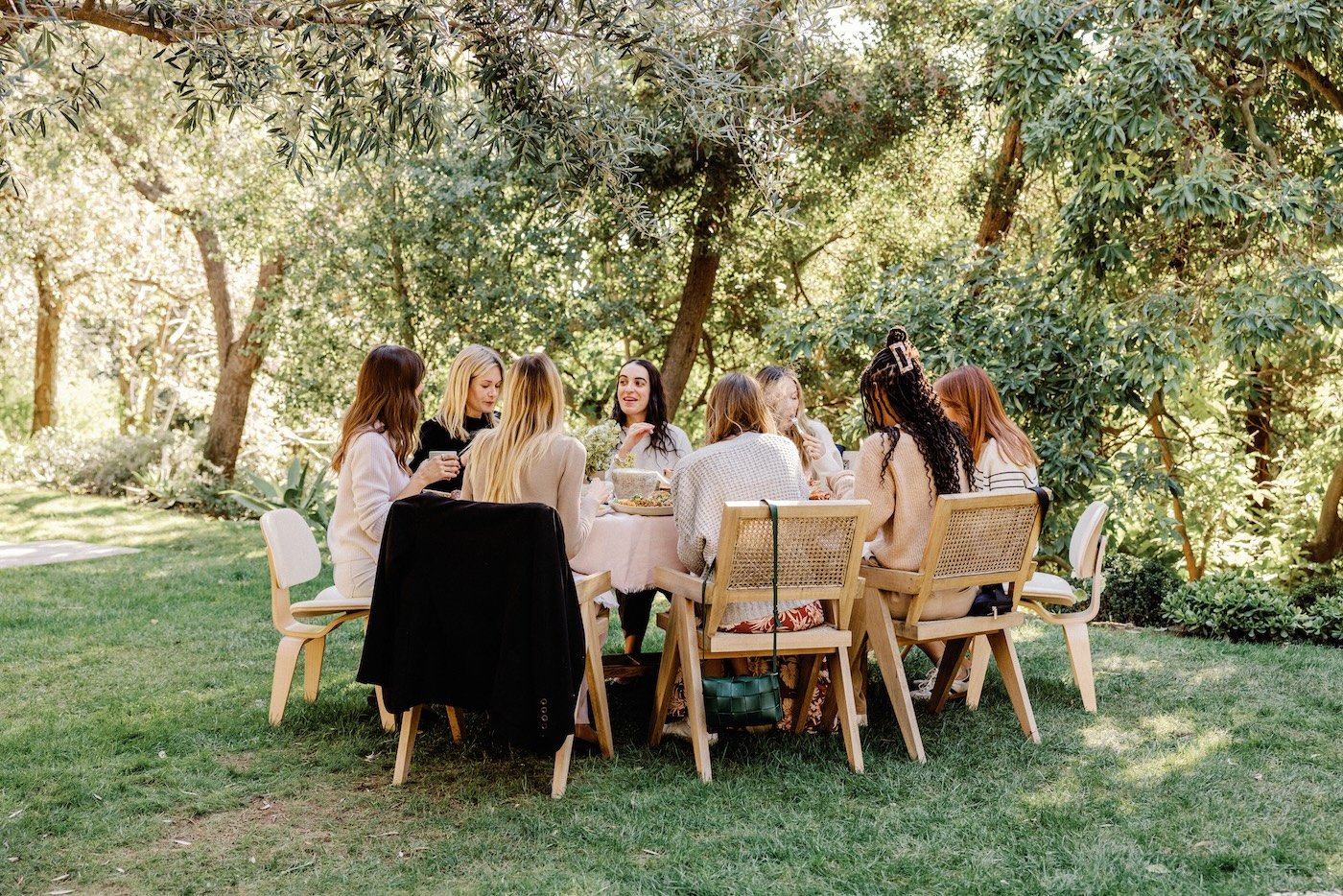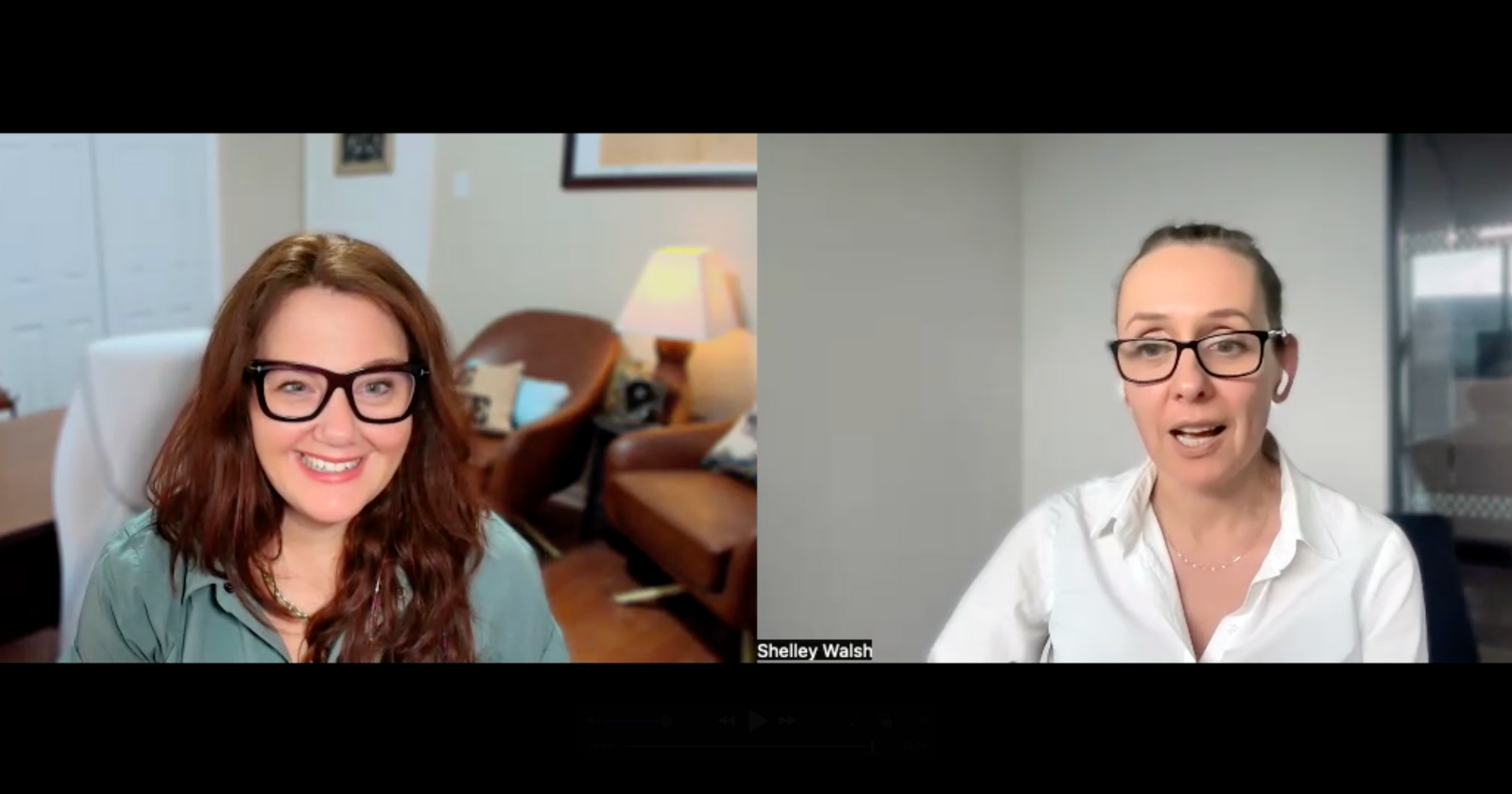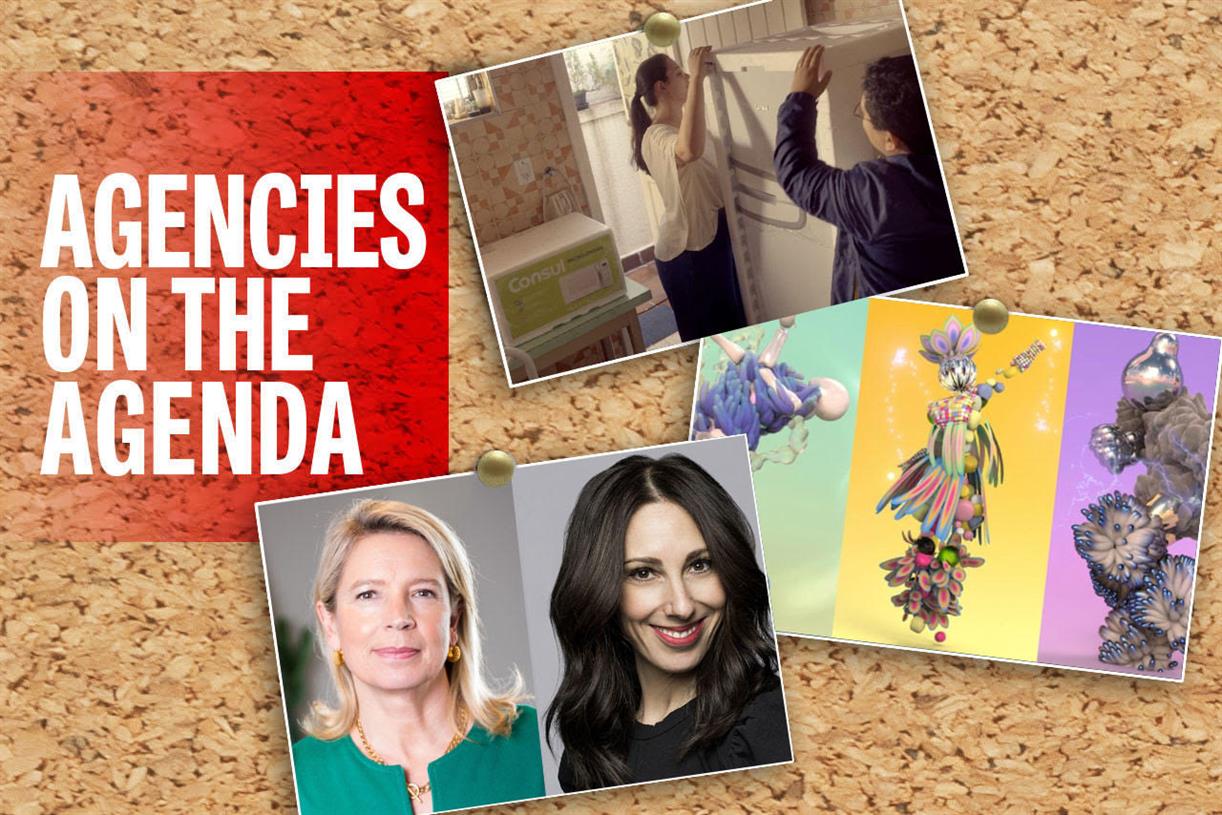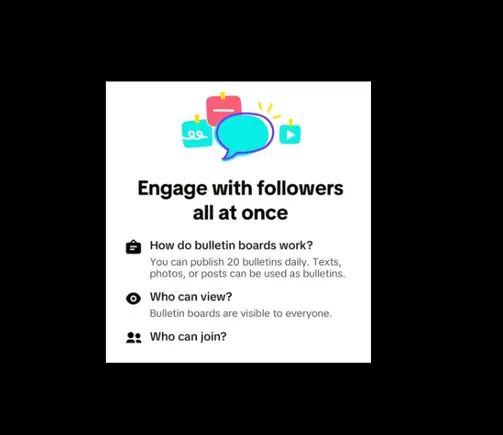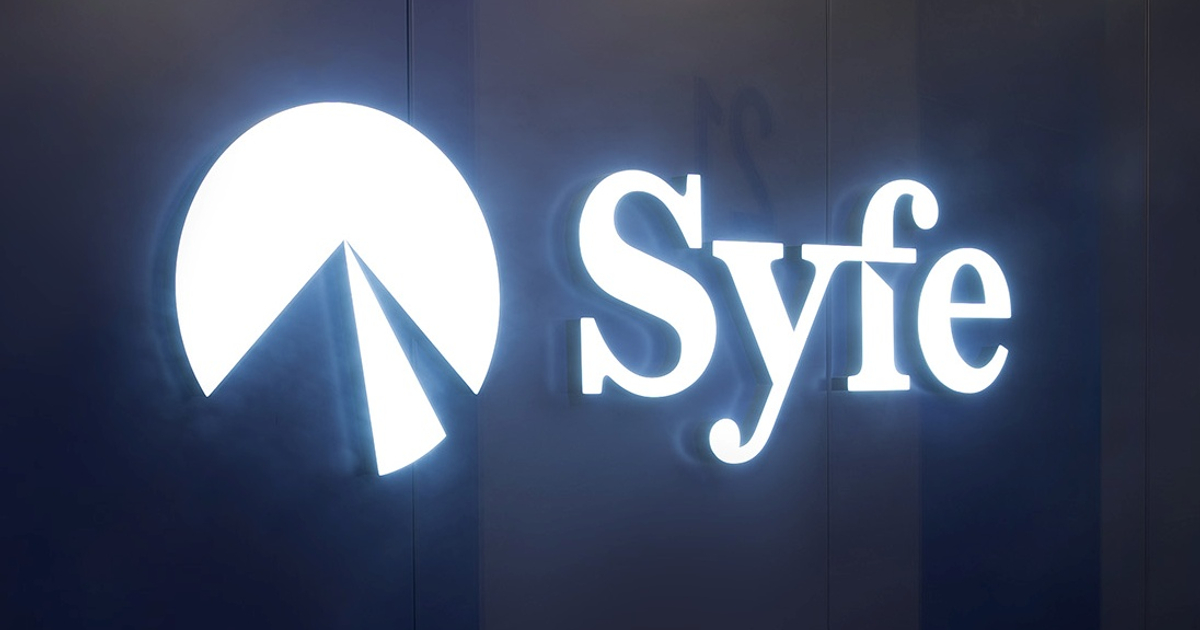Why WPP’s Rob Reilly is the ad industry’s newest podcaster
WPP Global Chief Creative Officer Rob Reilly discusses his new “Screaming Creativity” podcast, the best work right now, AI and the future of the industry.

Rob Reilly became interested in podcasts during the pandemic when he would simulate the 30-minute commute that would normally take him to his office. At the time, he was still working at McCann Worldgroup as global chairman and spent a half hour walking near his home for that same amount of commuting time. During those strolls, he began listening to podcasts.
“I started getting into ‘The Daily.’ That was the first podcast I started listening to,” recalled Reilly. “It was just a soothing, calming thing at a time when the world was kind of falling apart. Now I’m addicted to it.”
Now in his elevated post as global chief creative officer of WPP, Reilly has been searching for ways to connect to the holding company’s 100,000-plus employees. However, the idea of creating another town hall meeting didn’t appeal to Reilly.
Instead, he was encouraged by members of his communications team to get out of his comfort zone and become a podcaster despite what he calls a “fear” that his estimable presentation skills would not easily translate.
“Everybody always wanted me to do voiceovers, and then I would get into the booth and I would be so terrible at it,” Reilly joked. “The convincing duo of Jonathan [Sanchez, VP communications at WPP] and Alex [Davis-Isaac, manager, U.S. communications at WPP] contacted Spotify and they had a studio available, which is right next door [to the WPP office] and then it all just started to come together.”
Then the concept expanded from audio to film. “Just talking to our own people was going to be interesting to our people,” he said. “We thought the filming component of it added an element of getting to know people's faces.”
The podcast launches today and features 13 episodes in the first season. It’s available on Spotify, Apple Podcasts, Audible, Google Podcasts—in video where available—and on WPP’s YouTube channel.
The inaugural episode is a sit-down with Devika Bulchandani, global CEO of WPP’s Ogilvy, and Jon Halvorson, global senior VP, of consumer experience and digital commerce at Mondelēz International. Upcoming guests include Omid Farhang, CEO and co-founder of Majority; Manolo Arroyo, chief marketing officer at Coca-Cola Co.; Fernando Machado, CMO of NotCo; Kathleen Hall, chief brand officer of Microsoft; Laura Maness, CEO of Grey Global; and Gabriel Schmitt, Grey’s global chief creative officer. There will also be a two-part episode with actor, producer and comedian Marlon Wayans.
Reilly sat down with Ad Age to discuss his new venture and other topics. This conversation has been lightly edited for clarity and length.
Why is it called “Screaming Creativity?”
I love ideas that are loud in culture that people share and spread and love and the press writes about. So when we were coming up with the name of the podcast and multiple names and it just came to me that that’s the kind of work I gravitate to. It doesn’t mean it has to literally scream, but it plays loud in your head.
What were some highlights for you while filming?
It's easy to say Marlon Wayans. Or Kathleen Hall—we’ve been such good friends and worked together for so long and made so many great things together that that’s like talking to your friend for an hour. I thought the young people—I don’t want it to sound like I’m so old and these people are children—but Noel Bronson [a designer at Ogilvy New York], Michelle Morgan [a strategy director at Mindshare], and Cameron Lee Burrill [a content creator and production coordinator at Hogarth] were highlights. When you ask people about creativity, they light up, young people especially.
Cameron’s an actor and a tap dancer and he wants to be a filmmaker and a producer, and Michelle’s a world traveler and she travels by herself just to learn about cultures. She’s in media, she cares about creativity. And then you have Noel, who is a designer who comes from a completely different world and worked with Nike and had his own clothing brand. Maybe [it’s because I’m] in the September of my years that I’m constantly wanting to talk to younger people about what motivates them and how to get other young people into our business.
What trends in the industry stand out for you right now?
Everything Lionel Messi is doing is fucking magic.
He turned down $1.6 billion tax free from the Saudis to go to play in the MLS and what people don’t realize is he gets a part of the team, he gets a portion of Apple TV sales, he gets a portion of the MLS league sales, because everywhere he goes, he gets a portion of Adidas. So his deal is going to end up being worth way more. It all started with Michael Jordan and getting equity there [as part of his deal with Nike]. But David Beckham was a real genius when he came to the MLS. Part of his feeling is ‘I’ll take a lower salary, but I want to be able to buy a franchise. I want to be able to buy an expansion franchise down the road for $25 million.’ That franchise is Inter Miami. That franchise today is worth $600 million. Now Messi is a part of that franchise. He got a piece of it. So that to me is the fucking coolest thing I’ve seen.
Everything he does gets eyeballs. He steps on the field, he’s signing autographs, he’s at a restaurant, it’s all content. But that to me is interesting—athletes being content creators and we’re going to see more and more of it. So I feel like that’s where the future’s going and how do we collaborate more with that? So to me, Messi is the story right now.
Also, the future is very much female. I think about three of the biggest things this summer: Taylor Swift, Beyoncé and Barbie, all created by women. With Barbie, Margot Robbie bought the property and attached Greta Gerwig to it and it created a billion-dollar movie, if not multiple billions. And I think it’s all based in authenticity, empowerment, and storytelling. If you just watch America Ferrera’s monologue in Barbie, it’s incredibly moving.
I’m not necessarily looking at ads, I’m looking at what’s happening in culture that is just blowing my mind.
What are the challenges in your role at WPP?
We want to be the most creative company in the world. That’s the goal. That’s what [WPP CEO] Mark [Read] has been saying; it's our goal first and foremost. You have to make sure you’re providing the best service to your clients, the clients you have, and the marketing and the comms they need. Are we the best at it? I think we are, but how do you keep that going?
You never take your foot off the gas when it comes to that. You have to be the master of that before you can delve into other things like music and fashion and deep entertainment. I think music, fashion, design, and entertainment [worlds] are coming for us. In some ways you have to really start playing and talking to different types of creators, whether they’re the music people that we are doing with Coke Studio getting in touch with the Marlon Wayans and Kevin Harts of the world that are doing amazing things.
Figuring out how to be funny again in advertising is going to be key. There’s a lot of data that shows people engage with brands that are using humor more than they engage with brands that are not. Yet we still are so shy about going deep into humor. So I do think the next five years hopefully we'll see more and more brands want to use humor. I know I’m going to be pushing that. I do think it’s a way to connect and engage with consumers and to drive more sales.
I want to start talking to people like Marlon and Kevin Hart and others who are really the tastemakers when it comes to connecting with consumers through comedy. There's always going to be more and more challenges. The budgets are always getting a little bit smaller and the clients are always getting a little bit squeezed.
What are your feelings about AI?
AI ends up being a really fantastic tool for our creative people that we will be able to try out things faster and get some insights faster and some thought starters faster. We shouldn't use it to turn that into the work. It should really be how we experiment and fail and we've removed the failure and experimentation out of the business a bit because of time and money. AI has really helped the agencies that are embracing it in a way to help explore and experiment.
Media has been using AI for a long, long time and it's going to continue to get even better and better at doing some of those kinds of tests. But for ideation, for creative people, I think it's going to be an invaluable tool just to play with.
Are you using AI in your day-to-day?
Sometimes. I'm not a designer, so I'm not using it the way they do, but I am using it to get smarter on stuff because Bing’s search engine is really good when it comes to AI. So I use it a lot when it comes to that. I'm not using it to come up with giant creative ideas, but I might use it to learn something that helps me get to a giant creative idea. But I bet others are too. So I do think it's inevitable and it's getting better and better, but I think it's going to put creative people at the top. The premium on great creative people is going to get even higher.
What podcasts are you listening to?
“The Bill Simmons Podcast” on the Ringer Network, it’s about sports, and there's this thing called “The Rewatchables,” where he and some other people talk about why a movie is [re]watchable or not. My wife doesn’t like it. She doesn’t understand why sports people are talking about it, but he’s a great storyteller and it’s interesting, it's kind of mindless talking about movies that you love and why people rewatch them. I love “Gold Minds,” which is Kevin Hart’s podcast. I think he’s just the funniest guy out there. I think we're all listening to “Smartless” [hosted by stars Jason Bateman, Sean Hayes and Will Arnett.]
I still listen to “The Daily” a lot. “Fly on the Wall” with Dana Carvey and David Spade. I think Dax Shepherd does a really good one too, called “Armchair Expert.”
I’m fascinated by any kind of podcast that is an oral history, like the oral history of “The Office.” Just hearing the backstories of these things, of how shows really came about. So anything that’s the making of something that I find highly creative. I thought “The Office” was one of the best shows ever made. I like to see how things came about so I can learn and maybe apply it to what I do.
What’s the most creative thing you’ve done to set the stage for a pitch?
We were pitching a state lottery account, and the pitch took place in an atrium that was connected to a second floor by a big spiral staircase. At the end of the pitch, the client team walked out to giant lottery balls cascading down the staircase. I usually don’t love these kinds of things, but this one really worked.
How are you measuring success for the first season of the podcast?
I’m not looking for this to be picked up and bought. I really want to connect with our 115,000 WPP employees and our clients with whom we work hard to make successful. But I got a bit of a taste for it. When you speak to Marlon Wayans it’s like, ‘Oh, this could be kind of fun because they’re interested in what we have to say.’ And I think that’s important. We as the industry, we’re one tribe. We’re important in the world. And I want to make sure that going forward, the next five years, we become even more important as an industry.

 Astrong
Astrong 




















